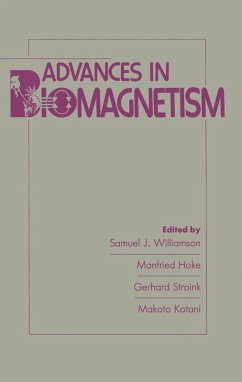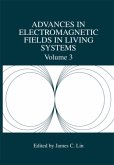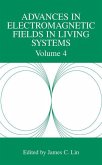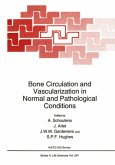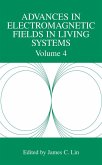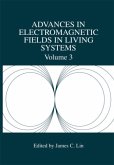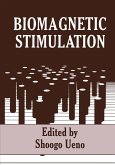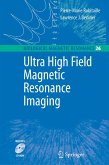This volume celebrates the 20th anniversary of the first application of superconducting mag netic field sensors to biomagnetism by providing a comprehensive survey of advances in biomag netic research worldwide. "Biomagnetism" is the investigation of biological processes as reflected by accompanying magnetic fields. It embraces basic and clinical research, as well as applications in medicine and occupational health. The contents of this book are the proceedings of the 7th Interna tional Conference on Biomagnetism, held from August 13 through 18, 1989, at New York Univer sity - in the heart of the Greenwich Village area of Manhattan. Topics include studies of the brain, heart, liver, lungs, muscle, tissue in vitro, advances in instrumentation, development of theory, and related topics. Interdisciplinary in emphasis, this presentation begins with a set of tutorials by five outstand ing professors: John Wikswo, Toivo Katila, Gian Luca Romani, Gerhard Stroink, and Stephen Swithenby. These tutorials were especially prepared to serve as an introduction for readers who are relatively new to the subject. They are followed by three presentations that mark the 20th anniver sary of the first application of a SQUID sensor to biomagnetism (the acronyn SQUID is shorthand for superconducting quantum interference device). Articles by James Zimmerman and Edgar Edel sack look back to the catalytic process that affected a marriage between Zimmerman's SQUID and David Cohen's magnetically shielded room.
Bitte wählen Sie Ihr Anliegen aus.
Rechnungen
Retourenschein anfordern
Bestellstatus
Storno

